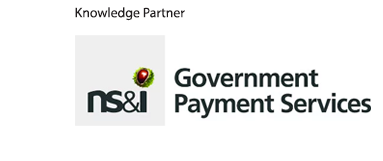White House issues guidance for agencies on AI procurement

The White House Office of Management and Budget (OMB) has released new procurement guidelines for agencies to improve risk management around buying AI systems and machine learning software.
An administration official speaking to the press shortly after the release said that the guidelines would provide agencies with “the tools and information they need as they acquire AI, capturing its promise while managing its risks”.
In its memo sent to heads of agencies, the OMB said that the guidelines are expected to push agencies to make collaborative ties that “reflect new AI responsibilities, [including] managing AI risk and performance, and promoting a competitive AI market with innovative acquisition”.
It added that collaborative projects should be forged in accordance with the Advancing American AI Act, a piece of legislation enacted in 2022 that promotes US values and missions through AI technologies.
Read more: France appoints first AI minister
Policy updates
The memo “requires agencies to create or update acquisition policies, procedures and practices to reflect new responsibilities and governance for AI”.
The guidelines do not automatically replace existing risk management rules around AI, though agencies are expected to use them to adjust purchasing policies where appropriate. All purchases must meet standards of “effective deployment” that take into consideration the impact of technologies on citizens’ rights and safety.
In each case, agencies are urged to assess the risk their acquisition of an AI service or system poses to “privacy, security, data ownership and rights, and interoperability”. Additional practices are required or recommended to ensure responsible acquisition of generative AI and AI-enabled biometric systems.
Best practices for best outcomes
In addition to these factors, the OMB urged agencies to employ “innovative practices that can help agencies get the best outcomes from their AI acquisitions, and support a diverse, competitive and resilient federal marketplace for AI”.
The first appendix of the guidance goes into more detail about these strategies. This includes what the guidance refers to as “Statements of Objectives” and “Performance Work Statements”, both of which provide “more flexibility to acquire AI systems or services that meet agencies’ outcome-oriented needs”.
The guidance also urges agencies to use “Quality Assurance Surveillance Plans”, which it says can help agencies define performance metrics to meet their objectives more effectively. Finally, it advises agencies to use “contract incentives” to bring AI systems up to standards that allow their source codes to be replicated and developed further.
Read more: The UK civil service isn’t ready for AI yet – but there are reasons for optimism
AI standards take shape globally
Last month, the US alongside national governments including the UK and EU member states signed the world’s first legally binding global AI treaty.
Known as the AI Convention, the treaty is geared towards protecting and integrating human rights into existing and new AI technologies.
The treaty was officially adopted in May this year. Before that, there were several years of negotiation involving discussions between 57 countries, concerning the risks posed by AI and paths to promoting responsible innovation.






















